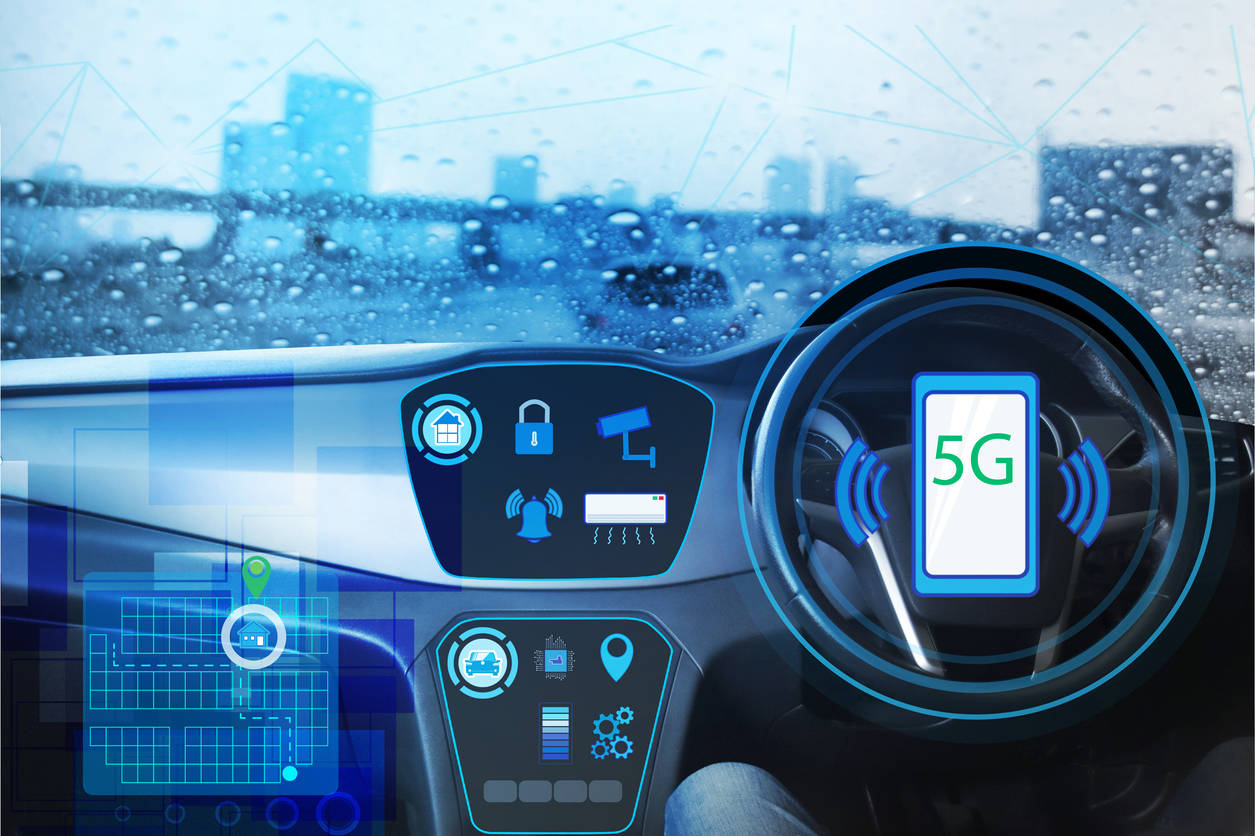
New Delhi: Global design-led technology company Tata Elxsi is betting big on 5G use cases in the automotive space to drive revenues. They will open up a host of migration, management and technology upgradation opportunities since any connected vehicle that goes into production needs continuous support, enhancements and technology upgrades.
In an interaction with ETAuto, Gomathy Padmanabha, head-connected vehicle platform, Tata Elxsi, said, “We are betting heavily on 5G use cases. 5G adoption has started in Europe. In India, the auctions will take place this year. 5G inherently supports connected end-to-end use cases. Especially in the connected car, it brings in the capability of edge. The moment edge comes in, the best infrastructure comes into place in a vehicle system which opens up possibilities for a lot of analytics and insights.”
5G network’s increased reliability, lower latency, higher throughput, and increased connection density would enable massive commercial deployments of technologies such as IoT, AI, RPA, AR/ VR. They will facilitate use cases across industries, especially automotive as cars become mobile multi-sensor IoT devices.
A research by Gartner forecasts that by 2023 the automotive industry will represent 53% of the total 5G IoT endpoint market in that year. It will be the largest market opportunity for 5G IoT solutions.
According to the report, the leading use case for 5G in the automotive space in 2023 will be embedded connected car modules for commercial and consumer vehicles (19.1million units, 39% market share), followed by fleet telematics devices (5.1million units, 11% market share) and in-vehicle toll devices (1.5million devices, 3% market share).
New customers
Tata Elxsi added new automotive customers, including a new age OEM in North America. The company has also closed some large deals including a multi-million dollar deal with a European Tier1 supplier for vehicle electronics and software, and a North American Tier1 supplier for autonomous driving.
We are betting heavily on 5G use cases. Especially in the connected car, it brings in the capability of EDGE (Enhanced Data GSM Environment). The moment EDGE comes in, the best infrastructure comes into place in a vehicle system which opens up possibilities for a lot of analytics and insights.Gomathy Padmanabha, head-connected vehicle platform, Tata Elxsi
In India fully automated autonomous vehicles might not look like an immediate possibility more so because of the lack of compliance to traffic rules rather than the dearth of technology.With 5G, the wave of V2X (vehicle to everything)-based solutions is expected to be triggered and basic V2X features with partial automation may become prevalent across India. While V2X features were earlier only seen in high-end luxury vehicles, they have become indispensable in medium and small-range vehicles in the medium term.
Partnerships
As cars become ever more connected, generating and handling larger amounts of data, purebred companies like Tata Elxsi are becoming increasingly involved in the automotive industry.

“Tata Elxsi’s 3rd generation IoT platform has been in development for three years. It’s a microservices-based cloud-agnostic generic platform which is available as a solution for adoption by not only auto OEMs but also tier-1 suppliers and telcos who are looking to provide connected vehicle or MaaS (Mobility as a Service),” Gomathy Padmanabha said.
Tata Elxsi has fine-tuned this generic platform into a hyperscalar automotive platform that can have all variants of the vehicle. The platform aggregates customers, inventory and factory data and enriches it. This would help ease the burden on their service network by facilitating predictive maintenance.
Since it is a cloud platform that aggregates the ERP (Enterprise Resource Planning) data inside the OEM’s own network, the platform also gives the push for its digital transformation and Industry 4.0 agenda.
The company is in discussion with many automakers for the connected car platform, she said without giving further details. As OEMs reinitiated key R&D programmes in Q3 FY21, the company could resume projects and deals with Tier1 suppliers.
Bigger role
According to Gomathy Padmanabha, Tata Elxsi and similar other companies will have bigger roles to play as electrification picks up pace. She said, “We see so many green fields with several new EV players coming to the market. The grids are getting built. The government is spearheading initiatives around standardising many things in the electric vehicle space as well as for availing of the services. Hence the need of the hour for every OEM is a local player who can provide digital services to understand the automotive space and have something ready in the basket to start off since the time to market is everything.”
The company has a separate practice that focuses on multi-tone ECU controllers and newer electrification architectures. “Electrification is also one of our key areas. Similar to connected platforms, we have enablement platforms on the electrification side too”, she added.
Smart city initiative is another big driver of IoT, according to the technocrat. While the existing 4G, HetNet and wireline networks are already being utilised in smart cities around the world, they are limited by the number of connections they can support, the data they can transmit, and most importantly, the speed they can offer. All of these can create hurdles in the deployment of smart city use cases.
Enabled by LPWAN and fiberisation along with the support of mMTC (Massive Machine Type Communication) capabilities, 5G networks are expected to overcome these hurdles and enable a large number of connections, providing super-high bandwidth, and ultra-low latency-based communications, to build a connected smart city.














